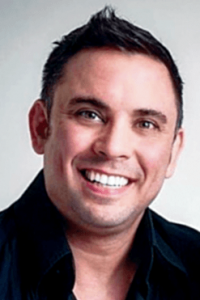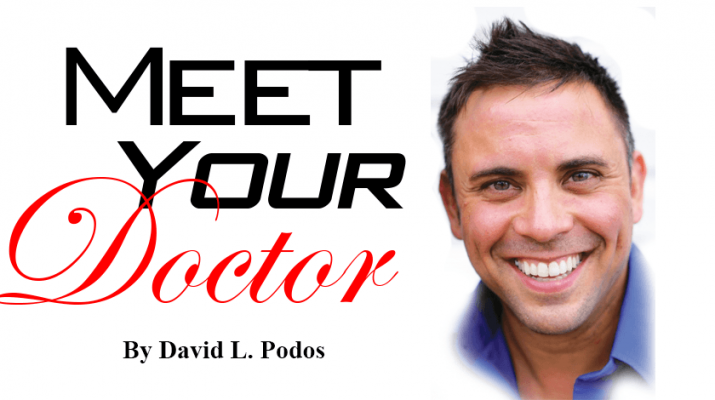Justin Zalatan is a doctor of dental surgery. His practice, Zalatan Dental/Modern Dentist, is located at 2607 Genesee St., Utica. Recently, contributing writer David L. Podos interviewed Zalatan regarding his profession.
By David L. Podos

Q.: How many years have you been practicing dentistry?
A.: I graduated from the University of Buffalo School of Dental Medicine in 2004, and have been in practice for 15 years now.
Q.: Your father, John Zalatan DMD, recently retired. How influential was your dad in your decision in becoming a dentist?
A.: He was fairly influential, but he never forced me into becoming a dentist. Actually, I never really wanted to be a dentist at first. I’ve always enjoyed building and constructing things so I thought about becoming an engineer or architect. Eventually, that changed after exploring those options and talking with people in those professions.
I then saw my father happy with a great family practice as his own boss, and he was able to construct things, be creative and also help people. All these aspects made me decide to pursue dentistry.
Dentistry is unique in the medical profession in that you can set up your own hours, and you are not required to be part of these massive medical groups to function, unlike what the physicians have fallen into over the years.
Dentistry as it turned out was a really good choice for me and I’m happy to have become part of this profession.
Q.: What is your specialty?
A.: As a generalist, I don’t have a specialty, so that gives me the opportunity to do a little bit of everything. Our office has a tremendous amount of technology that makes all aspects of dentistry exciting.
Some of the more unique procedures I do, for example, involve working on patients that have sleep apnea. It’s rewarding to provide this life-changing treatment.
In fact, I myself have sleep apnea, and that sparked my interest in helping others with it. I also love facial aesthetics and pain management through the use of Botox. I have been doing that since 2009 and have a large following for it as well.
Q.: What do you see as the most significant changes in dentistry with the advancement of science and medicine, and how have these changes impacted your patients?
A.: The quality of care has dramatically improved over the years. Advanced technology directly affects quality patient care and experience. We’ve seen advancements in dental materials being more biocompatible, and have fully eliminated the toxic elements used in the past.
We have the use of computers now, providing us with high-resolution digital X-ray imaging, as well as 3-D CT scans that assist in an excellent ability to diagnose and treat dental disease earlier and faster then ever before.
Computer-aided 3-D printing and milling has revolutionized dentistry. It has allowed us to shorten appointments like delivering a crown the same day versus the two or three appointments needed in the past.
Q.: Many people have a fear of going to the dentist. How do you and your staff work with patients that are very anxious?
A.: I am sedation certified, so I am licensed to administer conscious sedation. If you came in with a high level of anxiety, I could sedate you, but I would rather try to work with the patient to overcome their fear.
Actually, I seldom use sedation — perhaps one patient a month. We have an excellent staff and they know how to work with each patient. We establish a human connection, and our demeanor is very important as well as tone of voice and body language. It all sends a signal, so we do our best to create a calm, inviting environment.
Also, we always make sure patients are comfortable by providing free consultations. Patients have a chance to come in and meet us, and check out the office and staff. This greatly reduces anxiety.
Q.: Where do you see dentistry five to 10 years from now?
A.: Bio-friendly materials that we use now will advance further. There are new advancements in the industry, including new developments in Europe such as sending electrical charges across the teeth in combination with minerals to re-mineralize them. The process brings an unhealthy tooth back to its original healthy state without drilling a cavity to put a foreign material in its place.
The use of stem cells to possibly repair and grow teeth will continue to develop and progress toward eventually becoming a reality.
Lifelines
Birth date: 1978
Birthplace: Utica
Current residence: Utica
Education: Doctor of Dental Surgery, University of Buffalo School of Dental Medicine (2004)
Affiliations: Academy of General Dentistry; American Academy of Cosmetic Dentistry; American Academy of Facial Esthetics; American Sleep and Breathing Academy
Hobbies: Skiing, scuba diving, mountain biking, and construction-design consulting

